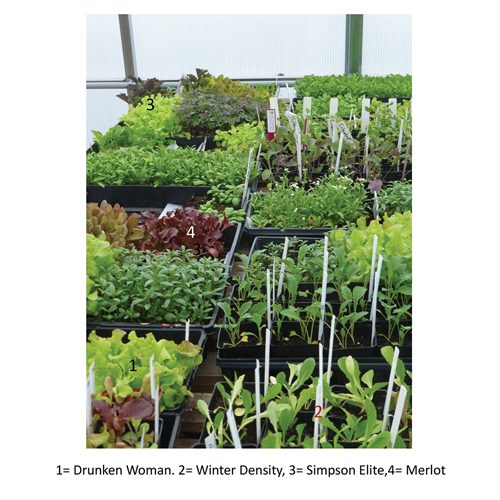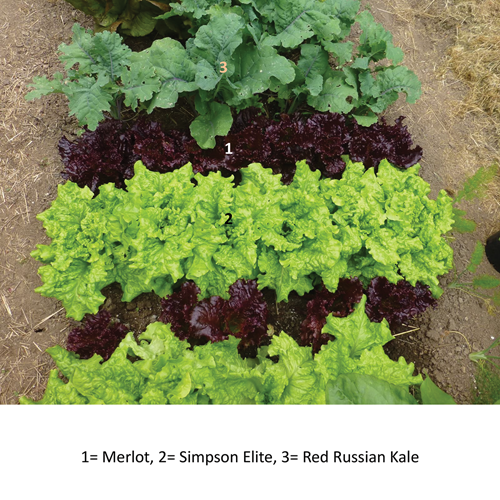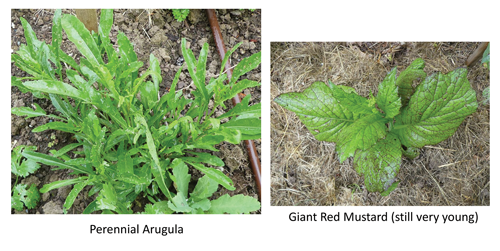For gardeners this is the most exciting and active time of year. Whether you are considering your cottage garden annual flowers or your vegetable garden greens, this is the time when things get started. If I could grow nothing else in my veggie garden, it would have to be lettuces and other salad greens: arugula, cress, giant red mustard, komatsuna…

When debating lettuces, have a look seed catalogues and choose a variety of types. There are early, somewhat frost-hardy varieties like Marvel of Four Seasons, there are leaf lettuces in a multitude of colours: light green Simpson Elite, colourful Drunken Woman, speckled, hardy Jester, burgundy- red Merlot, long-lived Red Sails, and many, many more.
Then there are head lettuces: Buttercrunch, Speckled Butterhead. And the Romaines: the traditional Parris Island, Winter Density and others. All of them are delicious given the right growing conditions.
My personal preference are loose-leaf types because you can pick from the same plant over a long period of time by only removing individual outer leaves. A head lettuce is tasty, but harvested only once.
So make your choice(s) and get going. Before long you can start lettuce outdoors, but ideally you wait until the soil temperature has reached 10˚ C (50˚ F). But I like to get a jump on the season. So I start mine in seed trays indoors, using seed starting soil mix.
Once the first set of true leaves is a good size, they are ready for transplanting either directly into the garden beds if it is warm enough, or into 4” pots with transplant mix (recipe below). Lettuce germinates after a week or 2, but does not germinate well if the soil temperature is above 22˚ C.
Once growing well in your beds, give the plants enough space: Loose leaf types need at least 20-25 cm between plants, head lettuces need about 30 cm, and Romaines even a bit more. Any thinning will be delicious in your salad.
Key to keeping yourself in lettuce throughout the season is continuous seeding. If you seed everything all at once, you will likely be giving a lot of it to your neighbors, or your compost bin. So seed a bit every 2 weeks until it gets too hot and then start again in early fall.
Seed small amounts of different varieties at the same time so you have an interesting looking salad, plus they mature at different rates. This also keeps the eating quality at its best. Grow lettuces quickly and harvest promptly when it is the right size and you will avoid bitterness.
Lettuce does best in fertile soil, so add some compost to your bed before planting. It likes slightly moist, but well drained soil with a pH of 6-6.5 (slightly acidic). But don’t overdo the amount of Nitrogen if using soil amendments. Too much and you get misshapen heads and internal tip burn (blackened edges on the interior leaves).
And then there are the other greens (like arugula, cress, giant red mustard, red or green komatsuna: similar growing regime will work well for them as well.
Happy growing and eating!
Transplant soil mix (from Beban Learning Gardens, Nanaimo, BC)
½ bag garden soil (12 L)
¼ bag steer/mushroom compost (5 L)
1/3 large bucket peat moss (crumbled) (4 L)
½ large bucket coarse sand (6-7 L)
½ bag fish compost (10 L)
¼ cup each lime, Gaia Green 4-4-4, bone meal
Mix well
https://nanaimocommunitygardens.ca/
 Dorothee Kieser
Dorothee Kieser
Certified Master Gardener
See all articles by Dorothee Kieser



